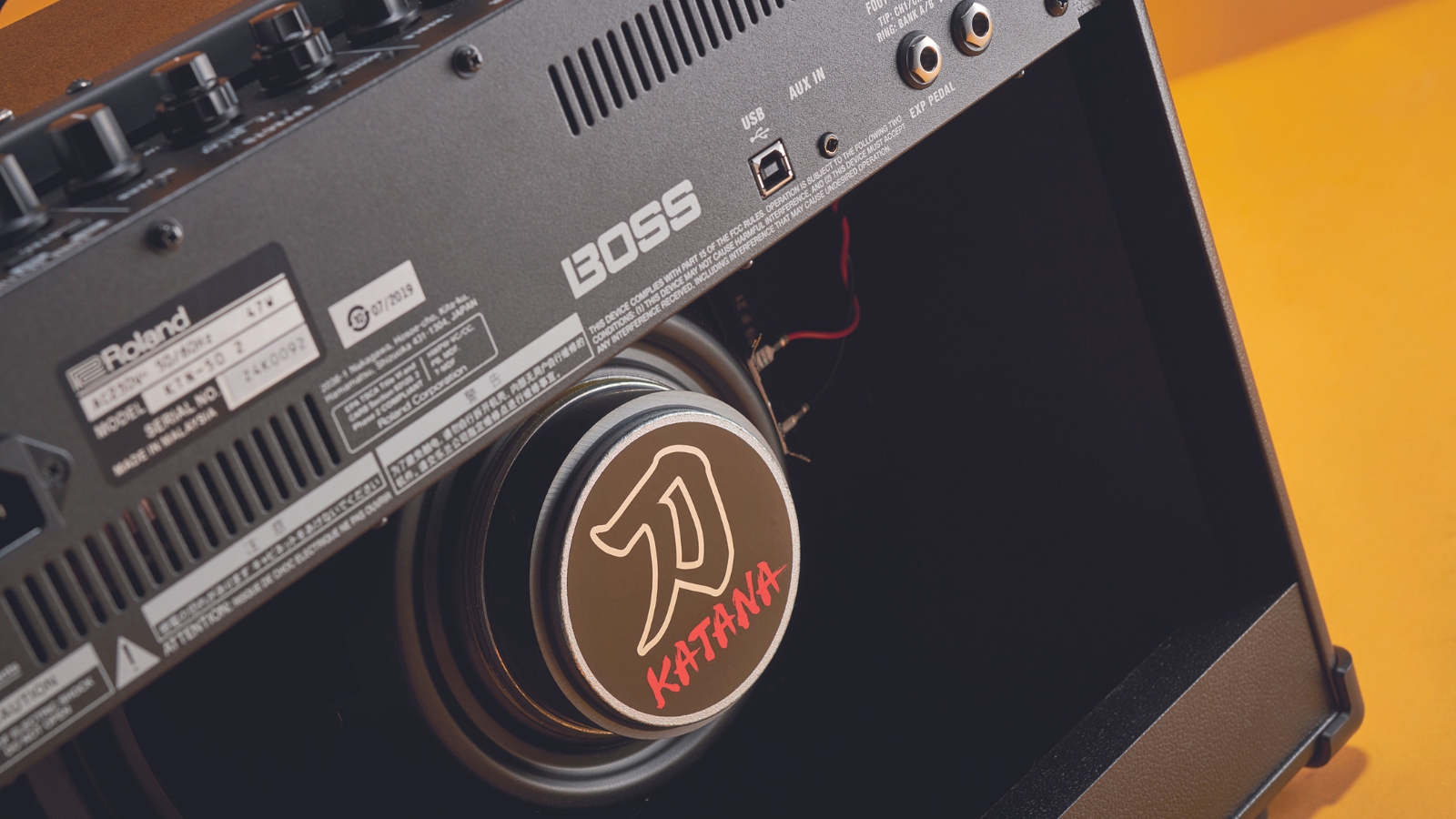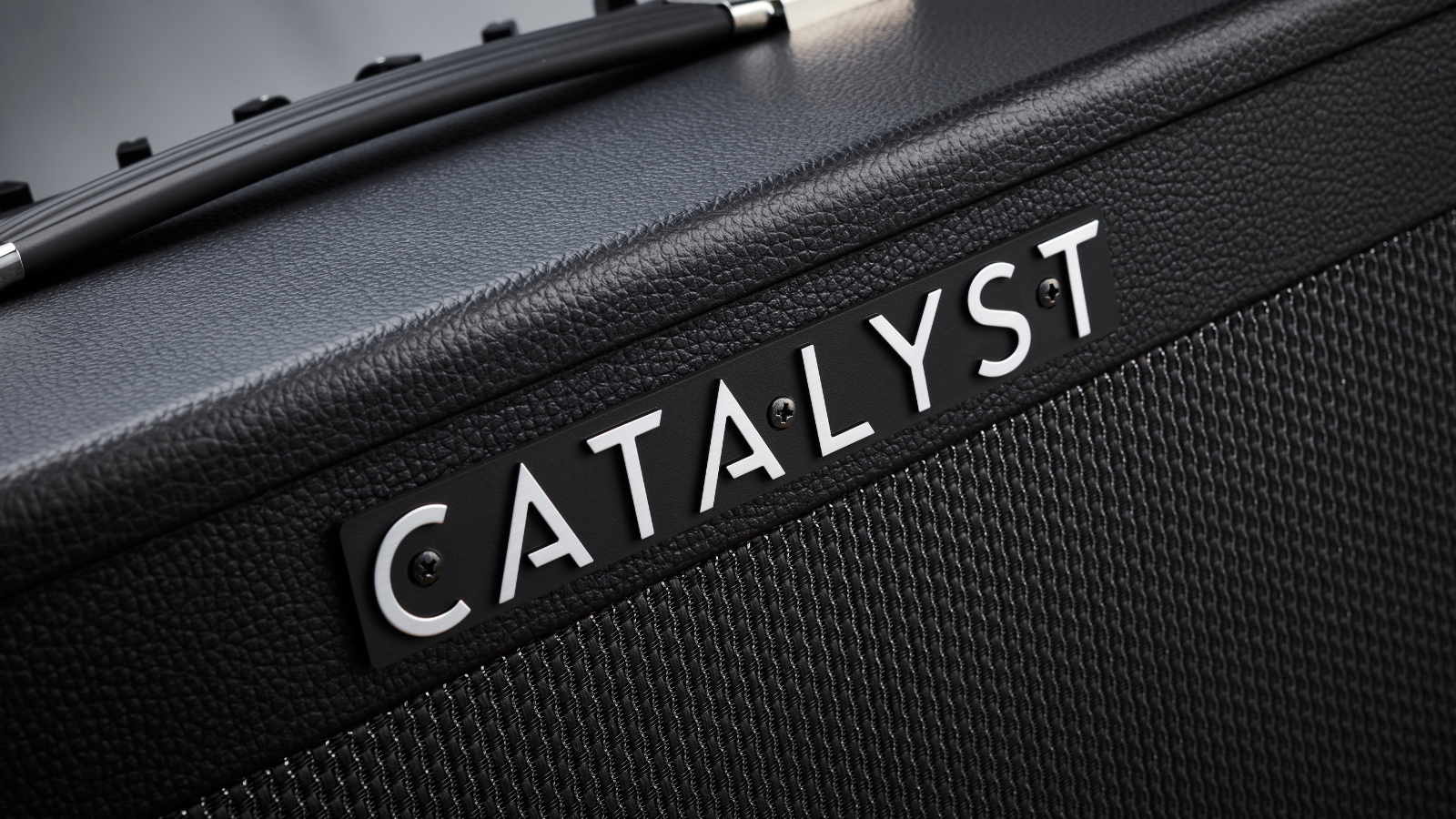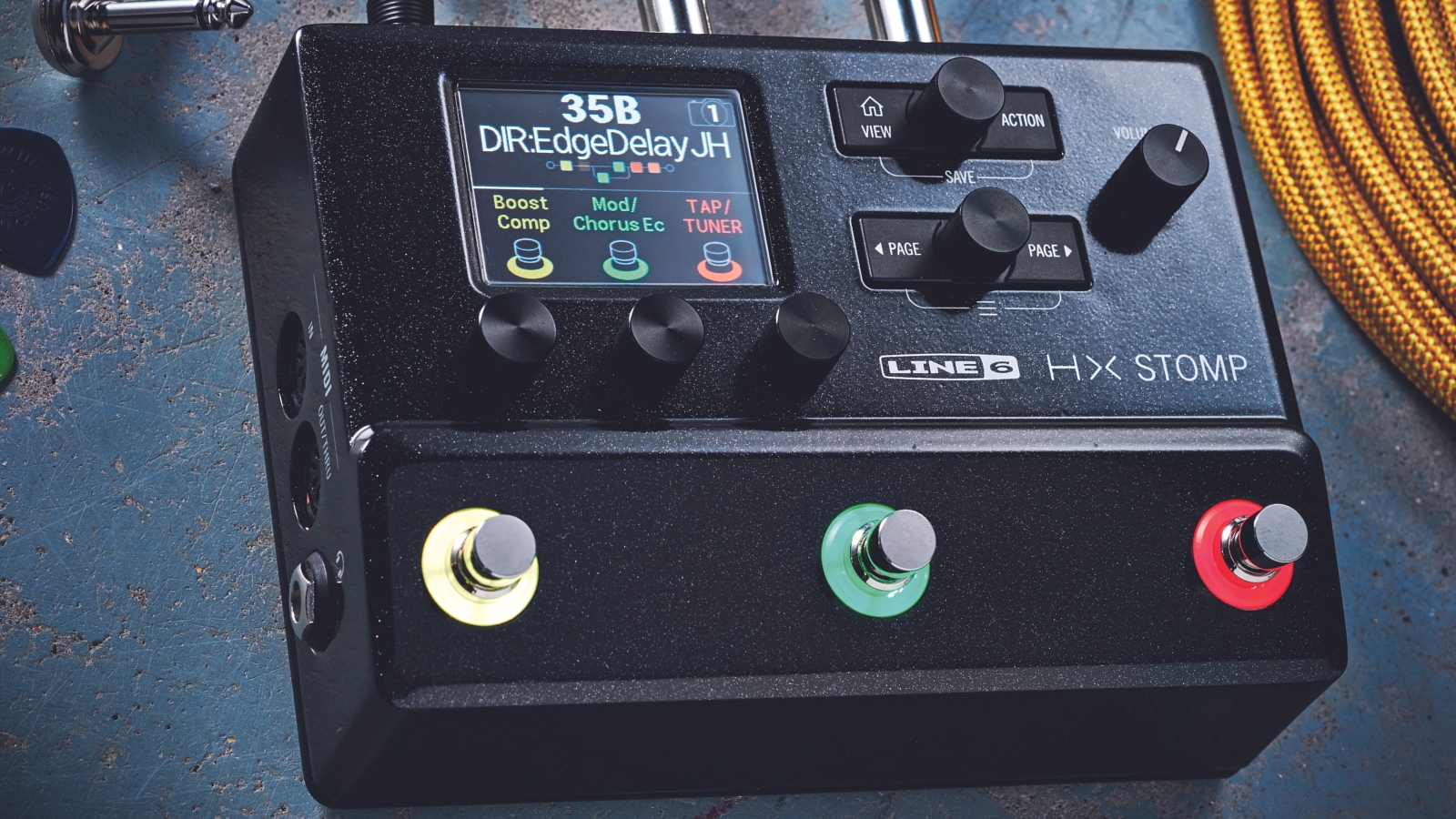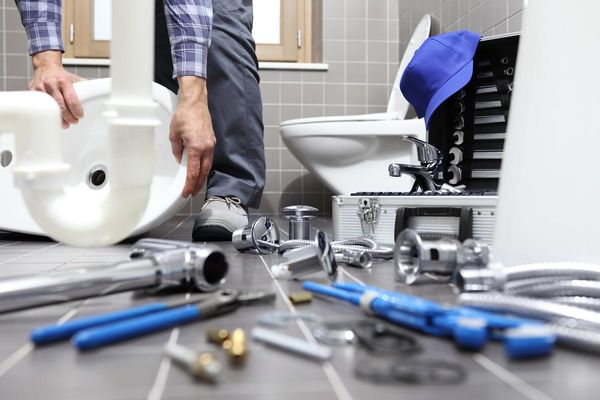
The war between modeling and tube amps has been waging for some time now and it’s really starting to seem like digital is winning. Every time we play a show with our band at least one of the supporting acts has a fully digital rack unit or at least one modeling amp on their backline. It’s happening often enough that we’re beginning to question our own choice, especially after lugging our heavy tube combo up those sticky venue stairs or being told by the engineer to turn it down for the third time.
As the irresistible march of technology finds its way into all aspects of our lives, our guitar amps are not excluded from the steady stride of time. As the old adage goes, if you don’t use technology to innovate, you become obsolete. So should you really buy a modeling amp over a tube amp? We dived into the specifics to pinpoint exactly what makes modeling amps so appealing.
1. Modeling amps are lighter

Lugging a tube combo or head and cabinet is a labor of love. The amount of times we’ve hopefully asked the promo company rep if the venue has a lift, only to find ourselves facing three flights of narrow stairs is too often to count. Oh and don’t even think anyone’s going to help you either, as the singer suddenly becomes very deep in conversation with that random patron and your drummer struggles with their own gear. Nope, looks like we’re going it alone again.
With a modeling amp, you’ll still have to lug it up the stairs of course, but chances are you won’t have to stop twice on the way for a rest. Thanks to their largely digital componentry, modeling amps are comparatively lightweight when measured against their tube-equipped cousins, with the speakers making up the majority of the heft.
For example, the Boss Katana-50 MkII weighs around 11.5 kg, which is just one kilo more than the slightly smaller Fender Pro Junior, and much less than a 15-watt Fender Bassbreaker which lives up to its name at a whopping 18.2 kg. When you factor in carrying your various guitars and pedalboard there's a fair bit of weight-saving when going down the modeling route.
Moving into 2x12 amps, the disparity is even bigger, where the Line 6 Catalyst 200 weighs a paltry 18.9 kg, which compares favorably to the Vox AC30C2, coming in at a massive 32 kg. Our lower back is twinging just thinking about that one. If, like most of us, you’re your own roadie then it’s a no-brainer to go the modeling route, especially when you consider some of the other benefits…
2. Modeling amps are cheaper

They say that a 15-watt tube amp is roughly equivalent to a 50-watt modeling amp in terms of volume, so going by that logic let's compare the two in terms of price. One of the most popular 50-watt modeling amps, the Boss Katana-50 MkII comes in at around $270 and around £235 over the other side of the Atlantic. And the Vox AC15 tube combo? You’ll be looking in the region of $799 in the US and £699 in the UK.

Boss Katana-50 MkII: One of the most popular modeling amps around.
Line 6 Catalyst 100: Line 6 shakes up the market with this handsome modeling amp.
Fender Tone Master Super Reverb: a stunning digital recreation of a legendary combo.
It’s a huge difference and when you’re caught between a cost of living crisis and the frankly outrageous costs of being in a band, that extra $500/£400 can go towards car maintenance, fuel, PR, recording, or any of the innumerable levies we guitarists face when being in a regularly gigging band.
Of course, many tube enthusiasts will state that the extra investment is worth it for the sound quality, and if you’re rolling in it, why not? But for most working musicians, the money saved can be much more tempting than a slight upgrade in sound quality. Plus you can buy way more fuzz pedals and overdrive pedals when you go the modeling route.
3. Modeling amps are more reliable

Thanks to their lack of tubes, a modeling amp is far less likely to fail on you than a tube amp. It’s recommended that tubes be changed every one to two years if you regularly play them at loud volumes and this is due to the fact that tubes wear the more you push them. Every time you hear that sweet tube saturation, you’re actually pushing your tubes harder and shortening their lifespan. The more you do this, the quicker you’ll have to change your valves.
Thanks partly to the war in Ukraine and the general cost of materials post-COVID, the price of tubes has jumped massively in the past year or so, with a 12AX7 tube in the US going from the region of $6-8 all the way up to around the $25 mark. This means that a full replacement of your tubes can end up costing you a couple of hundred dollars or even more depending on the type of work required. Many retailers are out of stock of tubes and if they do have them, they’re prohibitively expensive.
A modeling amp on the other hand, well it shouldn't really need any maintenance ever. There are few, if any, moving parts in a modeling amp which of course means less chance of failure. Our Fender Champion 100 dutifully stayed with us for ten years before it needed any maintenance, and this was a solder joint that had been vibrated loose and was quickly and cheaply repaired.
4. Modeling amps don’t sound that different from tube amps

When writing this statement, we felt a great disturbance in the Force, as if millions of tube-amp aficionados suddenly cried out in terror. We aren't writing it lightly either, as the proud owners of an expensive Orange tube combo saying this hurts a little – but modeling amps don’t really sound that different from tube amps.
We felt a great disturbance in the Force, as if millions of tube-amp aficionados suddenly cried out in terror
Okay, so when you’re standing in front of a cranked tube amp in your practice space there is a certain special something about that sound that modeling can’t yet replicate. The problem is, only you and your bandmates are going to hear your amp like this. At a gig, you'll be hearing your amp at low volume through a dubious quality microphone, ancient PA system, and a generous dollop of subtractive EQ, so forget about any harmonically rich saturation and overtones making it through that to be noticed by your audience.
It’s the same in the studio too, that’s not the sound of your amp on the record, it’s the sound of your amp going through a microphone, colored by the desk and any outboard gear your engineer decides to put it through, before being dissected further by various plugins, volume automation, and layering techniques.
The majority of your audience can’t even tell the difference between a single coil pickup and a humbucker by sight, never mind hearing their differing tonal qualities. So if you think they care whether you use a vintage tube combo or a modern modeling amp, we’ve got a bridge to sell you.
5. Modeling amps are available in pedal format

Of course, by moving to a modeling amp, you’re still having to lug around something large and bulky, even if it is more lightweight, cheaper, and reliable than its tube uncle. Well if compact form factor is high on your list, enter the floor amp modeler, which takes your entire rig and puts it in a unit that will fit in the front pocket of your gig bag.
As if there weren’t enough ticks in the modeling amp’s boxes, you can also get one of these ingenious units to remove any complex set-up issues and entirely negate visits to your chiropractor. It also takes your pedalboard out of the equation too, meaning you can rock up with just your guitar and your floorboard and get straight to warming up whilst you wait for your drummer to sort out their cymbal stands.
Conclusion
So there you have it, modeling amps are lighter, cheaper, more reliable, and sound pretty much the same as their tube-equipped ancestors. As more and more guitarists make the move to modeling amps and floor modelers, we can't see this trend changing any time soon. Of course, there will always be tube amp lovers out there (us included) but for pure convenience, it's very hard to look past a modern modeling amp.
If you're now convinced modeling is the way forward, we’ve listed some of the most popular options for you below with the best deals from your local retailer. If you want to dive deeper into the world of guitar amps – or perhaps you're still set on that tube amp – then take a look at the buyer's guides at the bottom of this article for more info.
Related buyer's guides
- And the best budget guitar amps under $500
- Or check out the best practice amps
- Get heavy with the best amps for metal
- Practice properly with the best desktop amps
- Get a quality amp with the best guitar amps under $1,000







